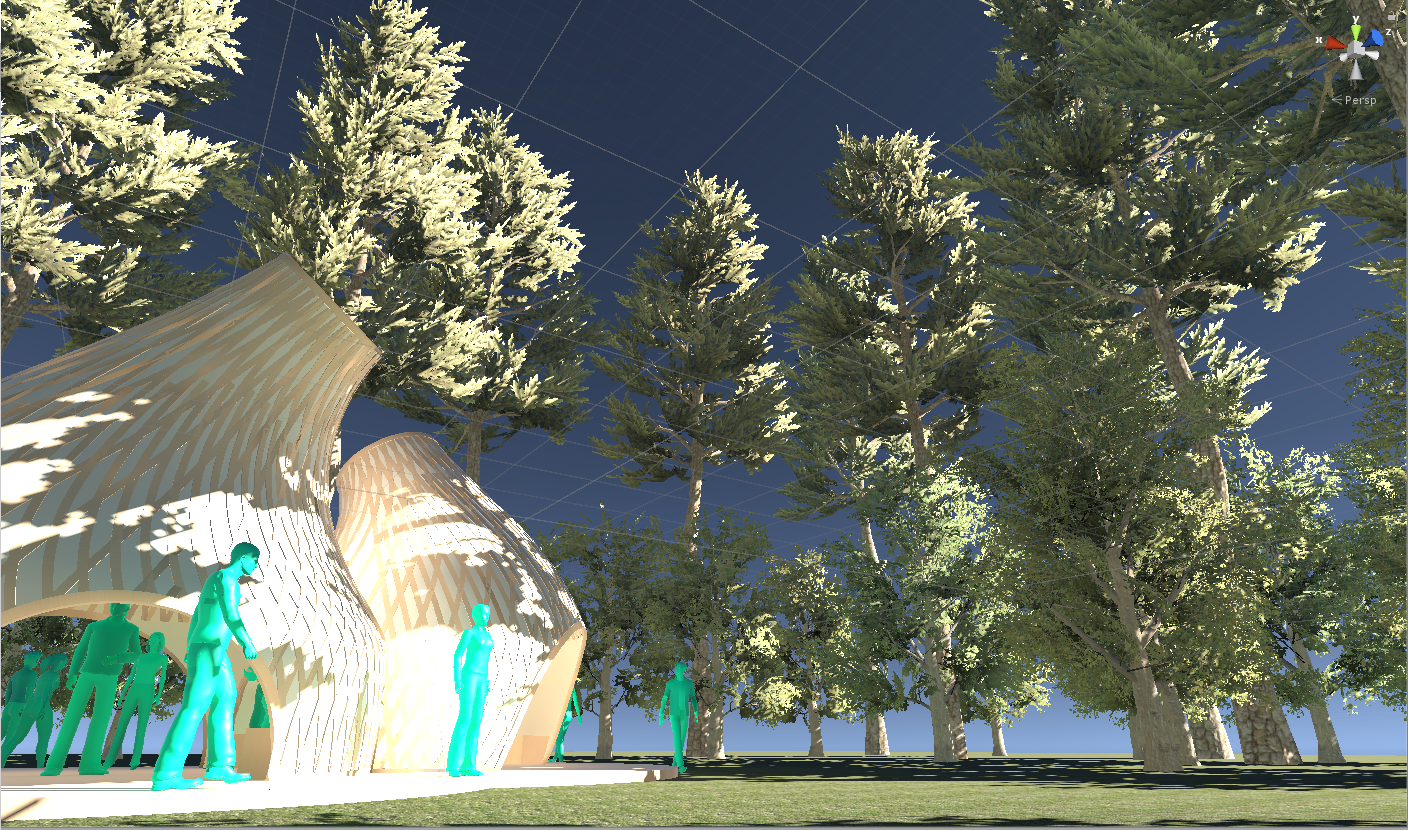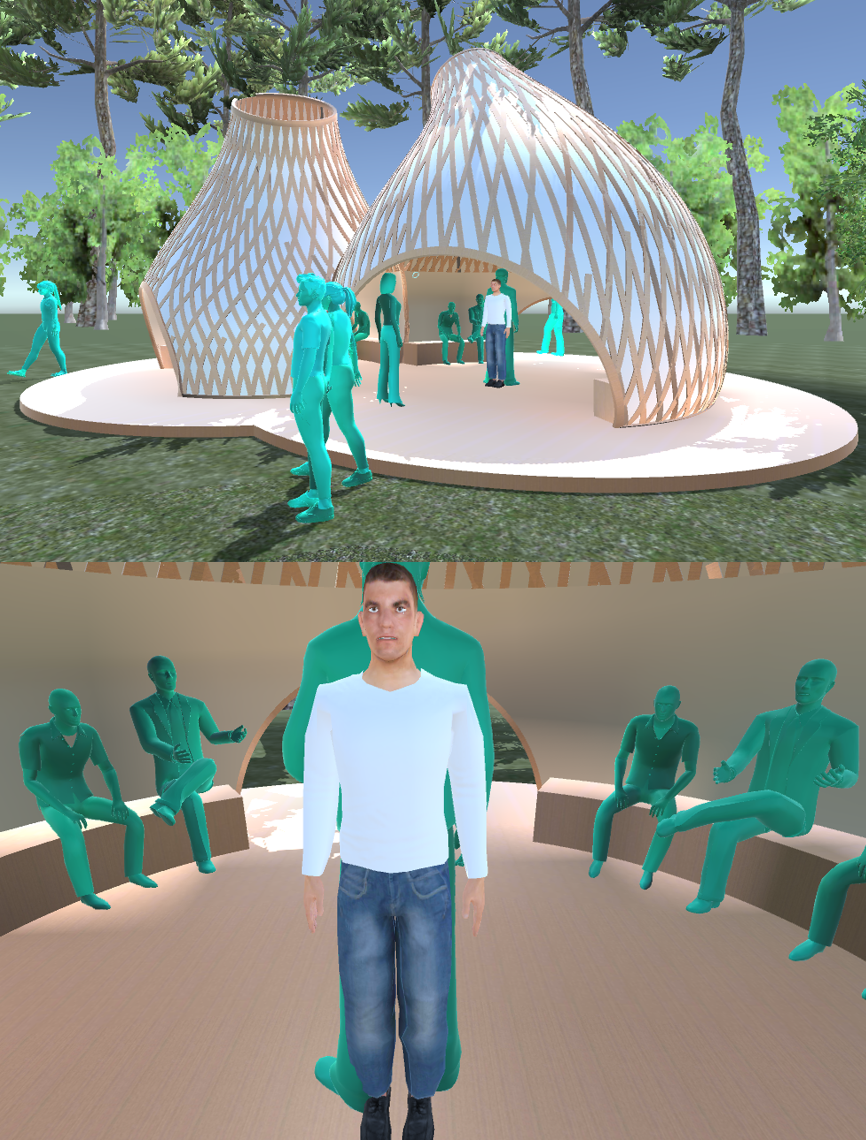Sentiment Analysis In VR Environments
Research developmentChallenge
The project aimed to implement sentiment analysis in a VR setting, focusing on discussions about design and architecture. The main challenges included capturing high-quality audio within the VR environment, filtering environmental noise, and accurately attributing conversation segments to individual participants. The goal was to analyze conversations for sentiment and topic relevance, enhancing the understanding of user interactions in VR spaces.
Solution
We developed a VR application using Unity 3D and C#, integrated with the Proton engine for the multi-user experience. The application captured audio from VR sessions, which was then converted to text using Google’s text-to-speech and analyzed with IBM Watson for sentiment and topic analysis. The findings were stored in Google Spreadsheets and visualized in Google DataStudio, offering a comprehensive understanding of user discussions and sentiments in the VR space.
Summary
Led by Dr. James Birt from Bond University, this project represents a significant advancement in integrating sentiment analysis into VR environments.
Challenges: The primary challenge was to create an environment where users could freely discuss architectural designs in VR, with the conversation being accurately captured and analyzed. Technical challenges included ensuring high-quality voice recording, minimizing environmental noise interference, and distinguishing individual contributions within group discussions.
Technical Implementation: Developed in Unity 3D using C#, the application utilized the Proton engine to facilitate a multi-user VR experience. The application was designed to record user conversations, which were then transcribed and analyzed. Google’s text-to-speech technology converted the audio into text, while IBM Watson’s natural language processing capabilities were used for sentiment and topic analysis.
Data Analysis and Visualization: The analyzed data was stored in Google Spreadsheets and presented through Google DataStudio. This allowed for effective grouping and visualization of conversation topics and sentiments, providing valuable insights into user engagement and perception in VR.
Impact and Future Directions: This project opens up new possibilities in understanding user interactions and experiences in virtual environments. The insights gained from sentiment analysis can be instrumental in enhancing VR designs, improving user experience, and tailoring VR content to better suit user preferences and reactions.
Future Applications: The successful integration of sentiment analysis in VR sets the stage for its application in various fields, including educational environments, virtual meetings, and collaborative design spaces.


